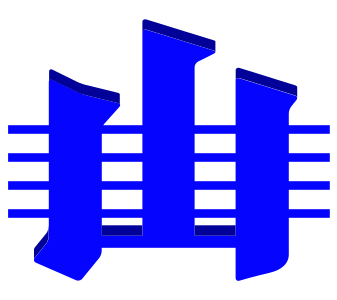Objectives
The Subcommission is in charge of carefully selecting and defining Global Stratotype Sections and Points (GSSPs) for Series and Stages, with the primary objective to provide optimum clarity and stability for the Neogene Chronostratigraphic Scale. We are also here to promote studies and promulgate information on the evolution of climate and the biosphere during the Neogene.
The remaining stage GSSP, base-Burdigalian, and the selection of criteria and sections for its definition represent primary objectives.
In 2010 IUGS ratified the Quaternary as a formal System/Period of the International Chronostratigraphic Chart (ICC) in place of the latter part of the Neogene. Concomitantly, the Gelasian Stage, formerly the upper/late stage of Pliocene Series/Epoch, was incorporated in the Pleistocene Series/Epoch and in the Quaternary System/Period. The so-called “Gelasian shift” met with major concerns as to the stability of literature and principles of chronostratigraphy and resulted in opposing positions among Neogene researchers (e.g., Hilgen et al., 2012 in the GTS2012).
In 2021 IUGS ratified the formalization of the Neogene subseries/subepochs as a six-tiered chronostratigraphic hierarchy within the ICC (Aubry et al., 2022). The Miocene Series/Epoch comprises three subseries/subepochs: the Lower/Early Miocene Subseries/Subepoch, which includes the Aquitanian and Burdigalian stages/ages, the Middle Miocene Subseries/ Subepoch which includes the Langhian and Serravallian stages/ages, and the Upper/Late Miocene Subseries/Subepoch, which comprises the Tortonian and Messinian stages/ages. The Pliocene Series/Epoch includes two subseries/subepochs: the Lower/Early Pliocene Subseries/Subepoch and the Upper/Late Pliocene Subseries/Subepoch corresponding to the Zanclean Stage/Age and the Piacenzian Stage/Age, respectively.

